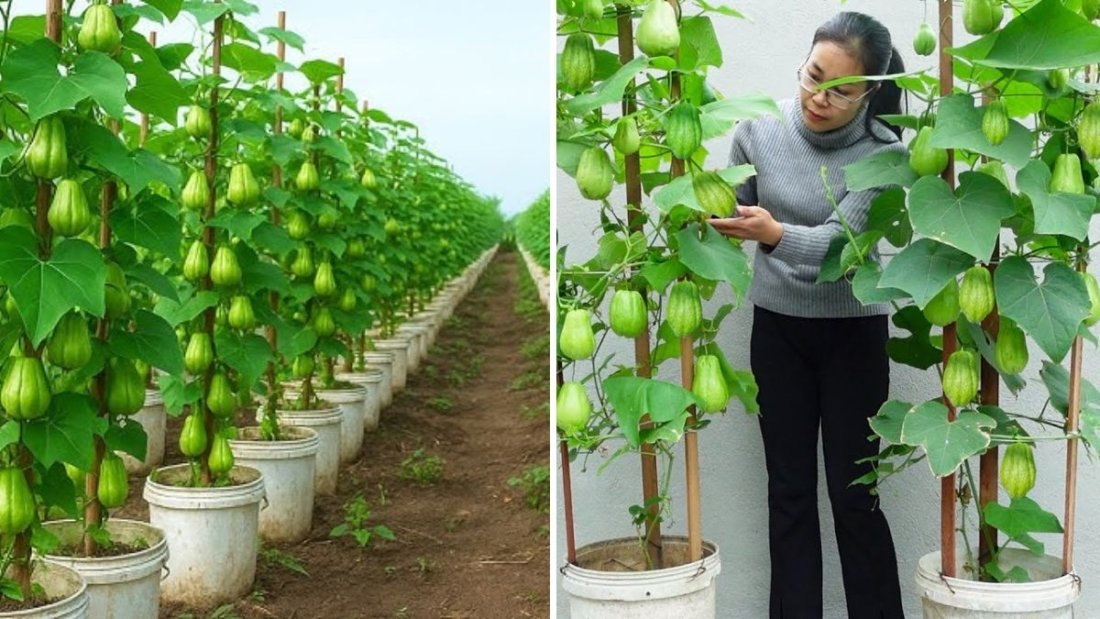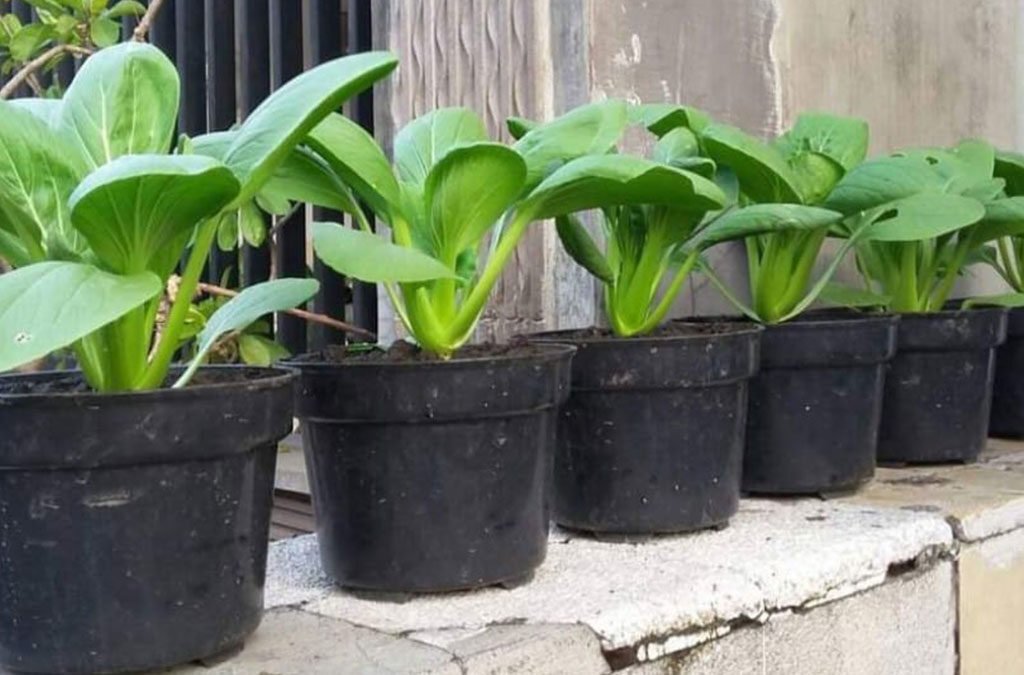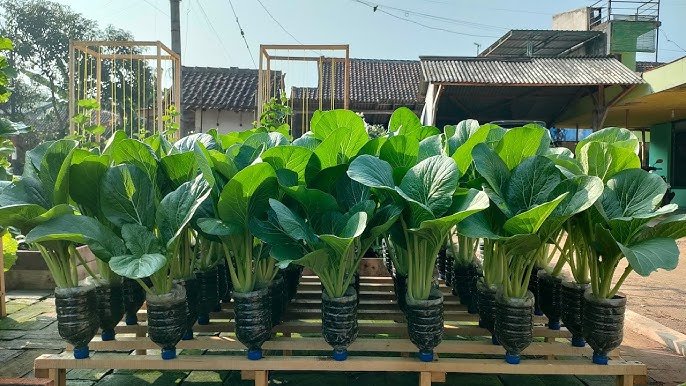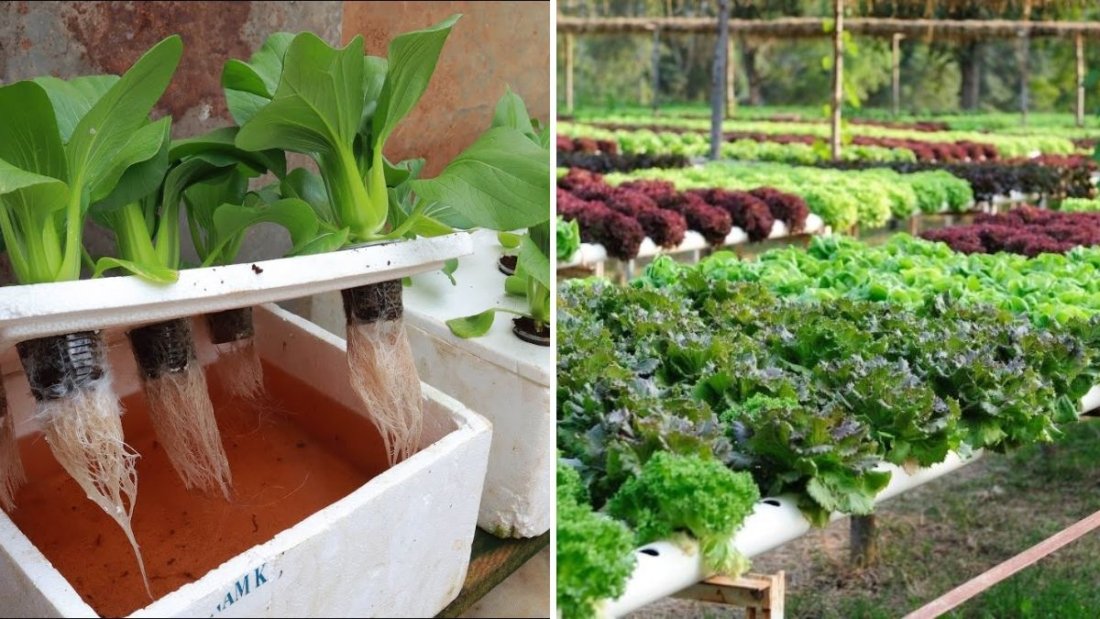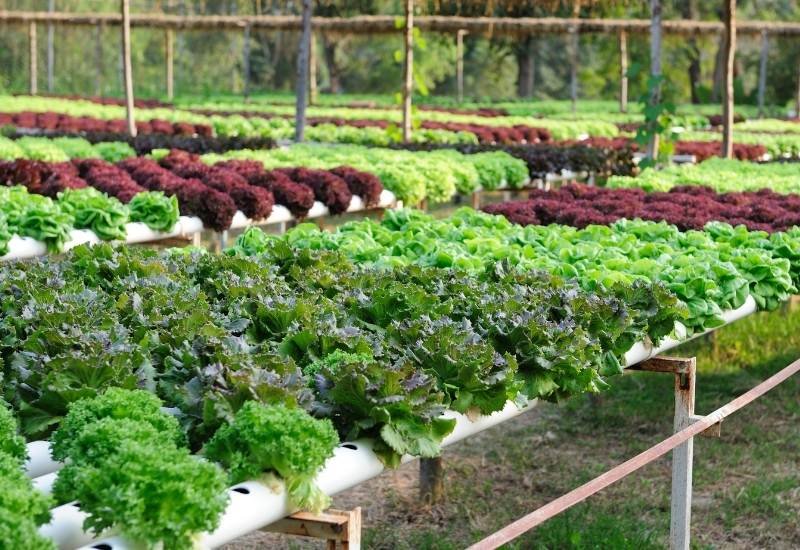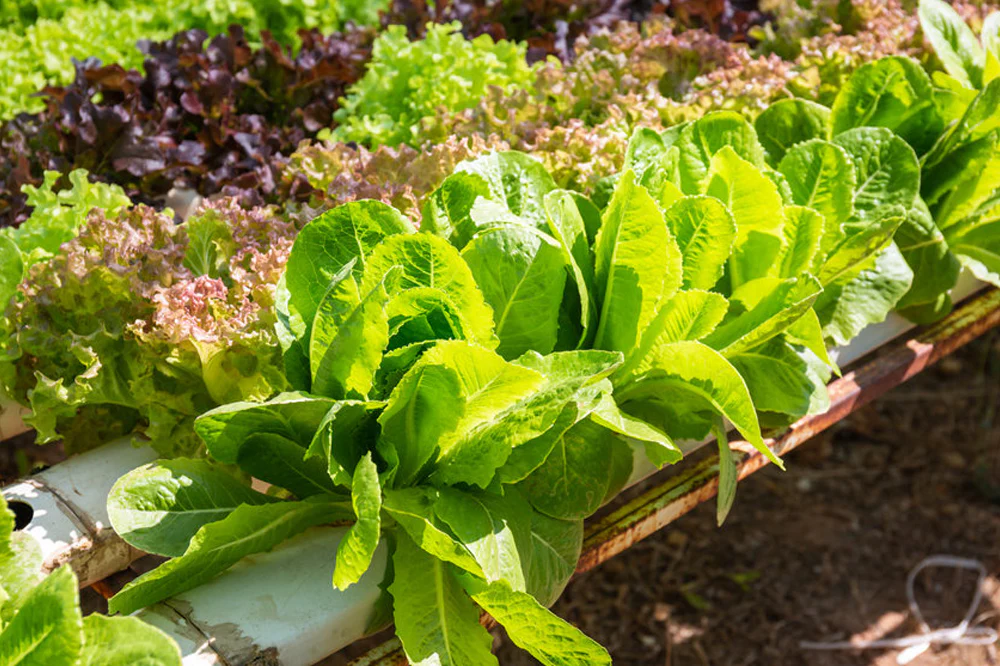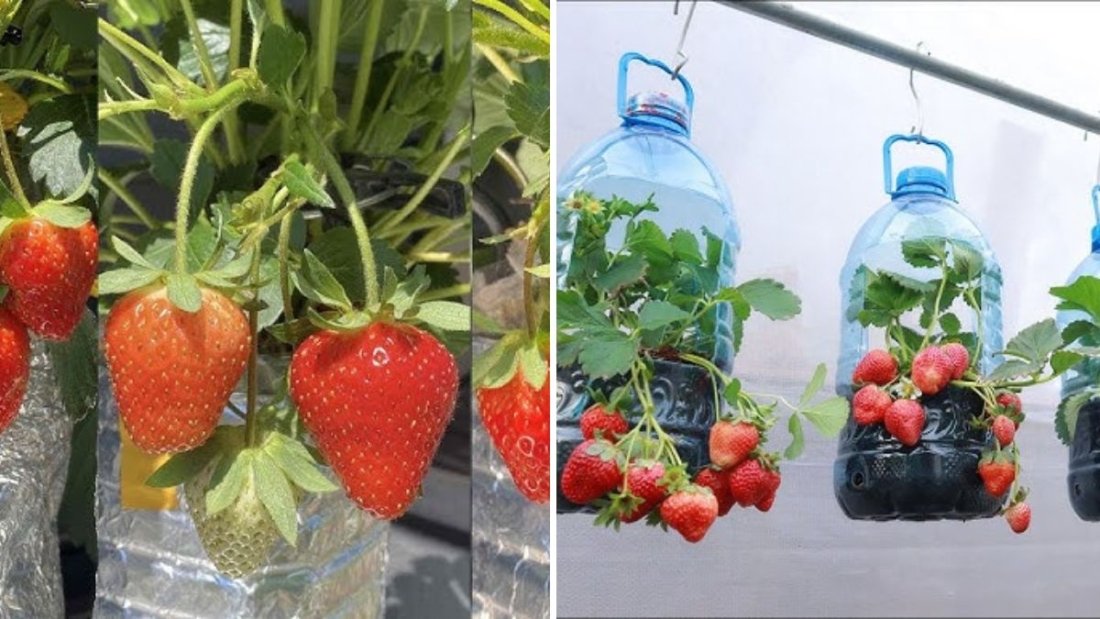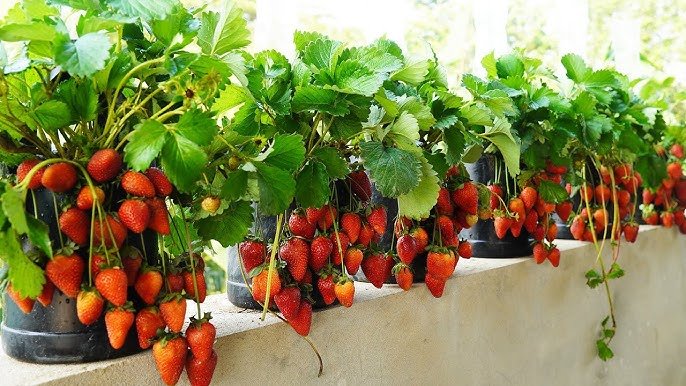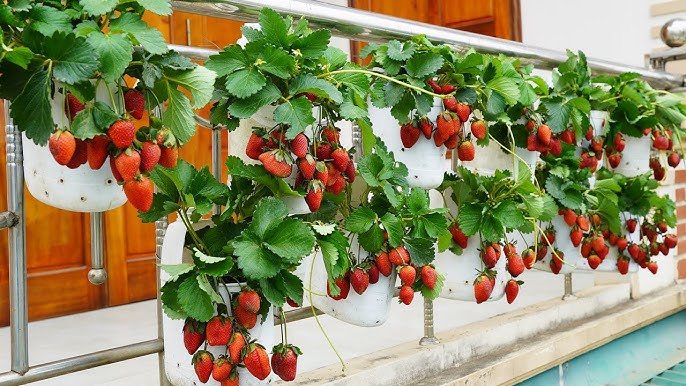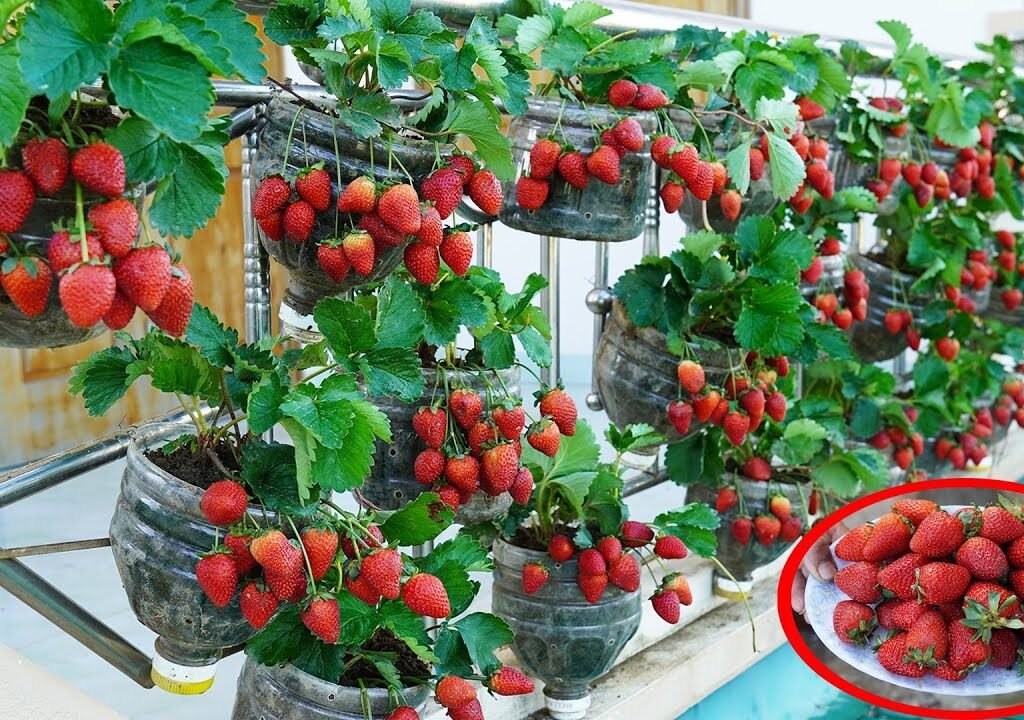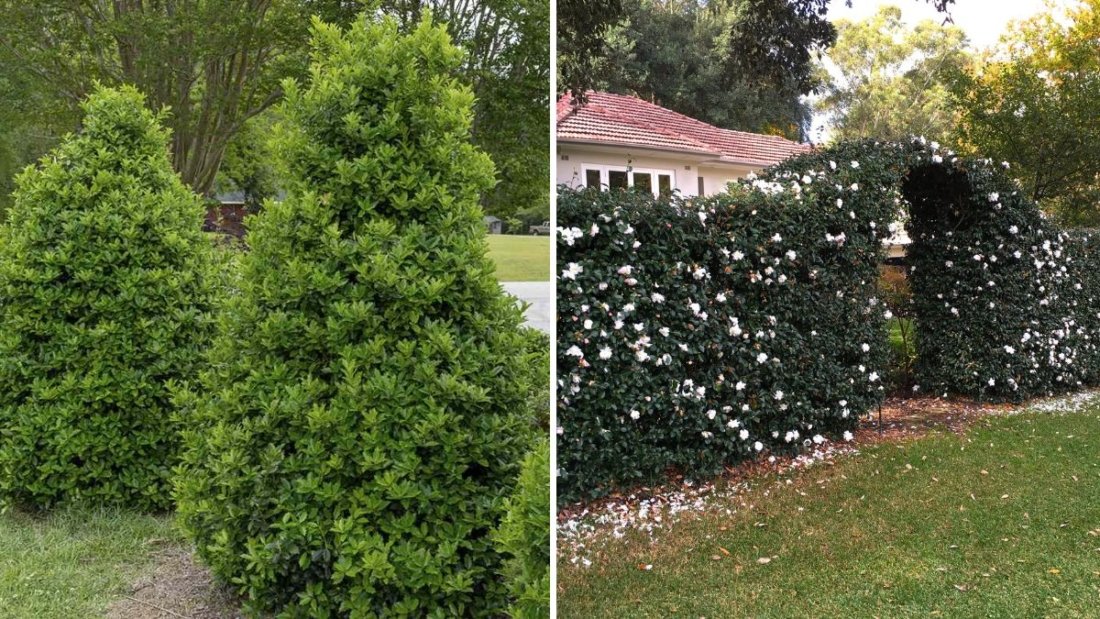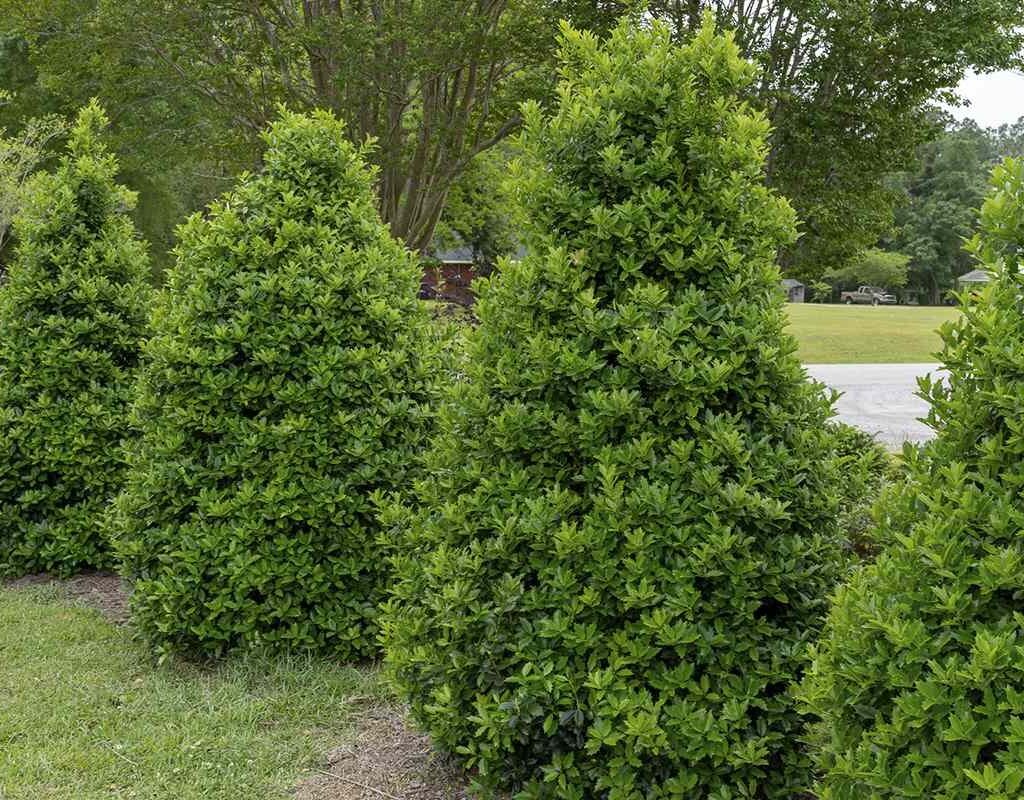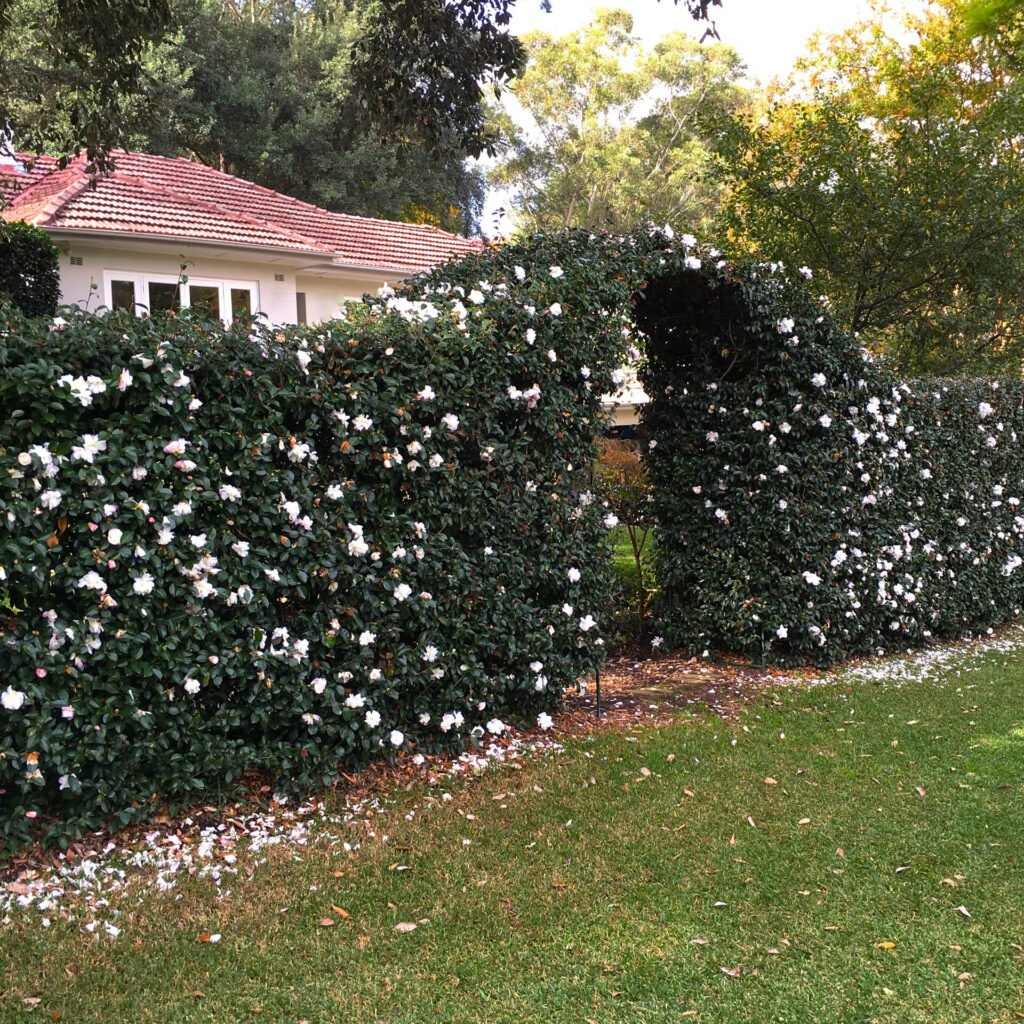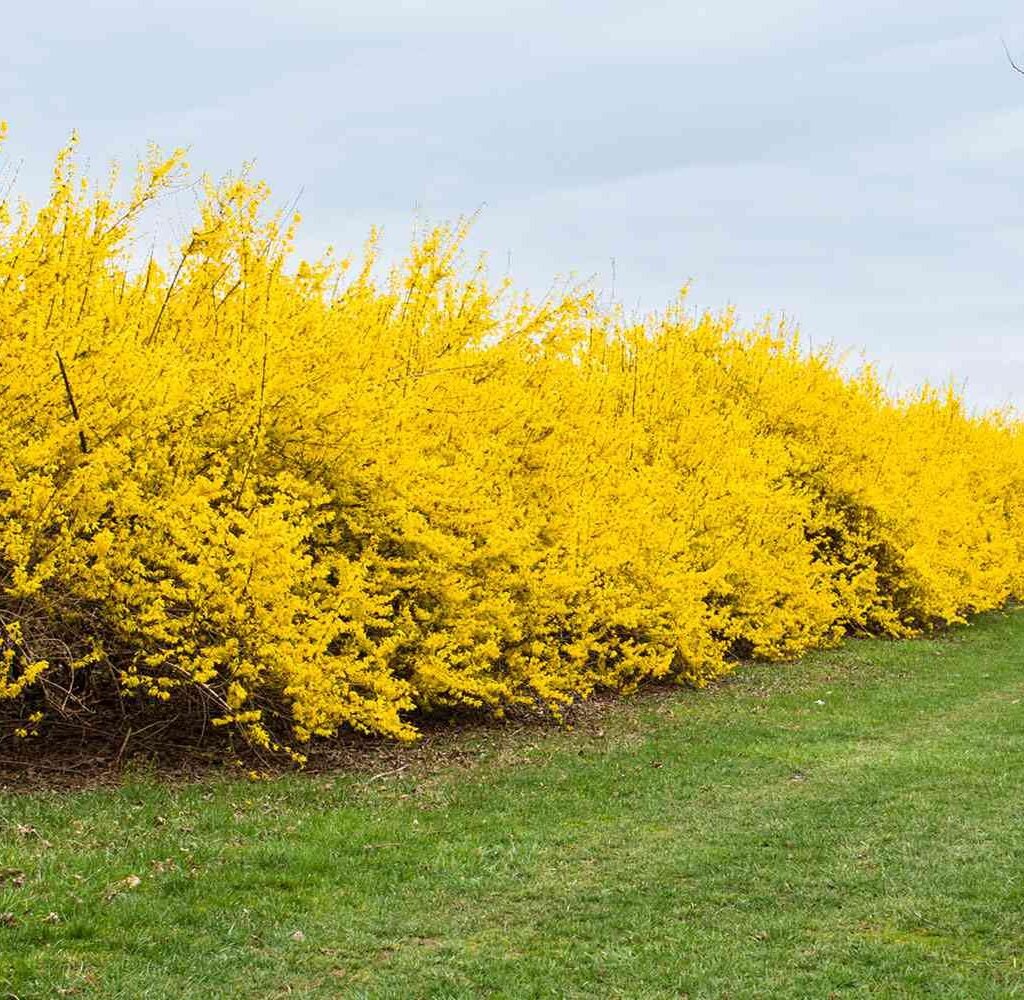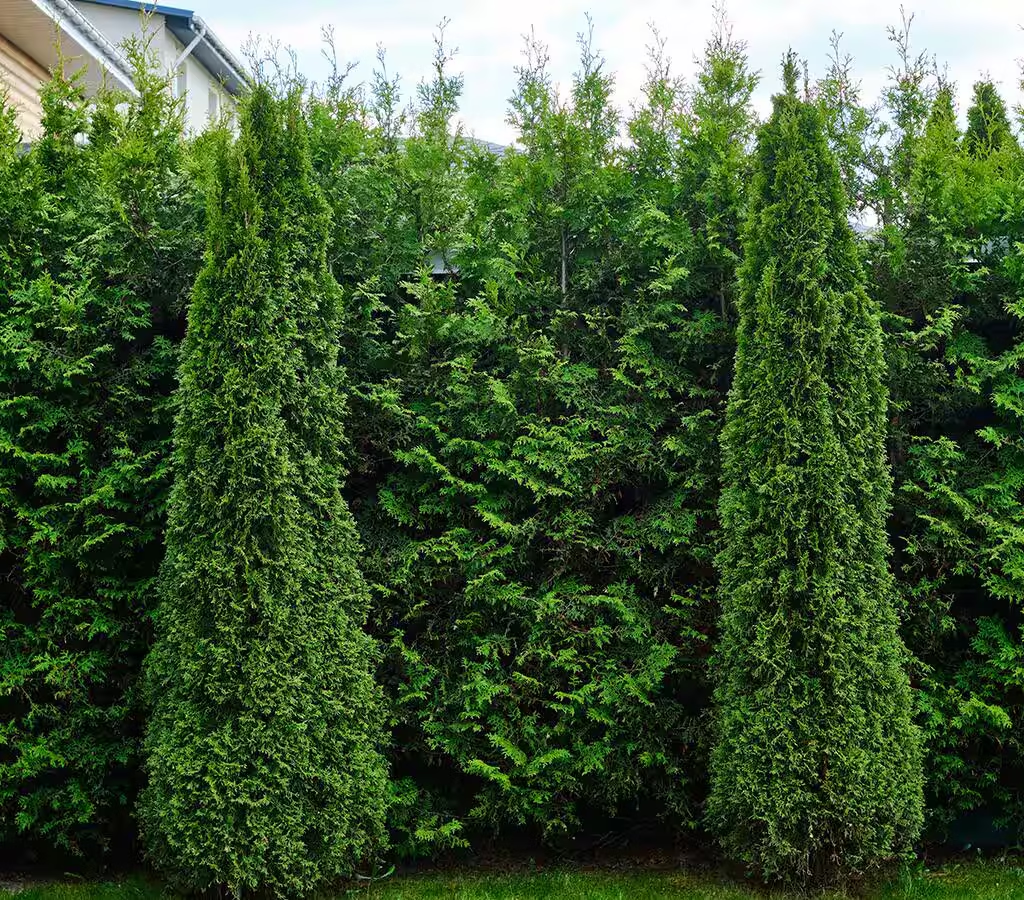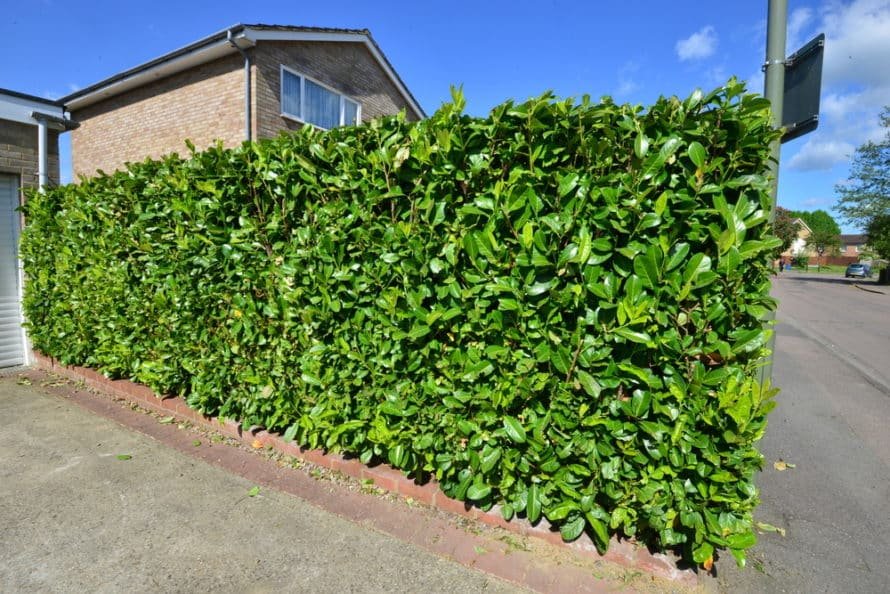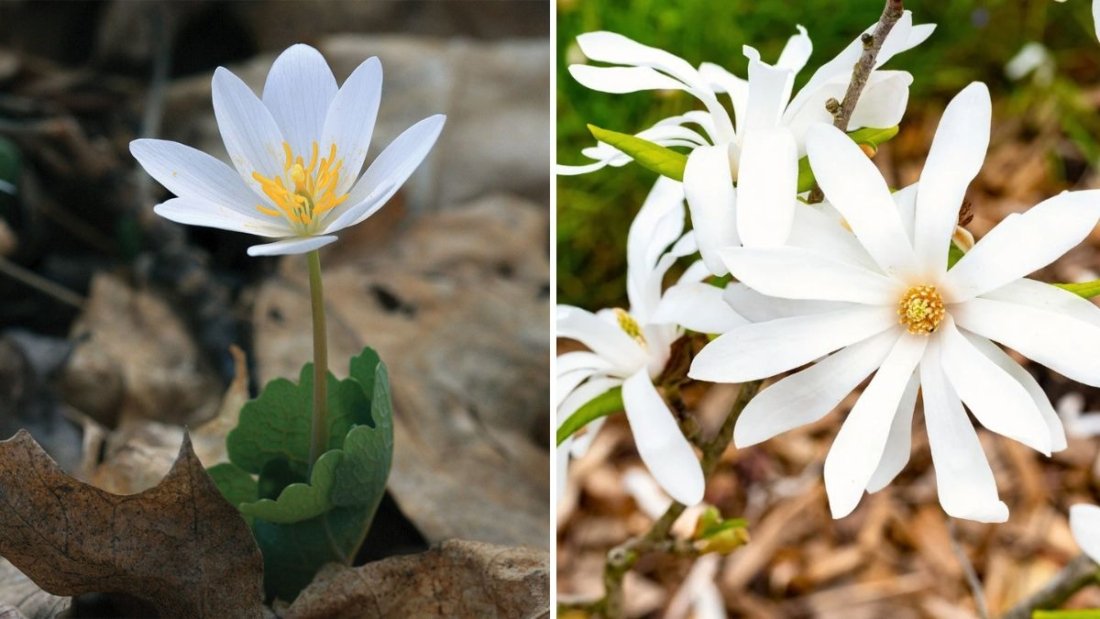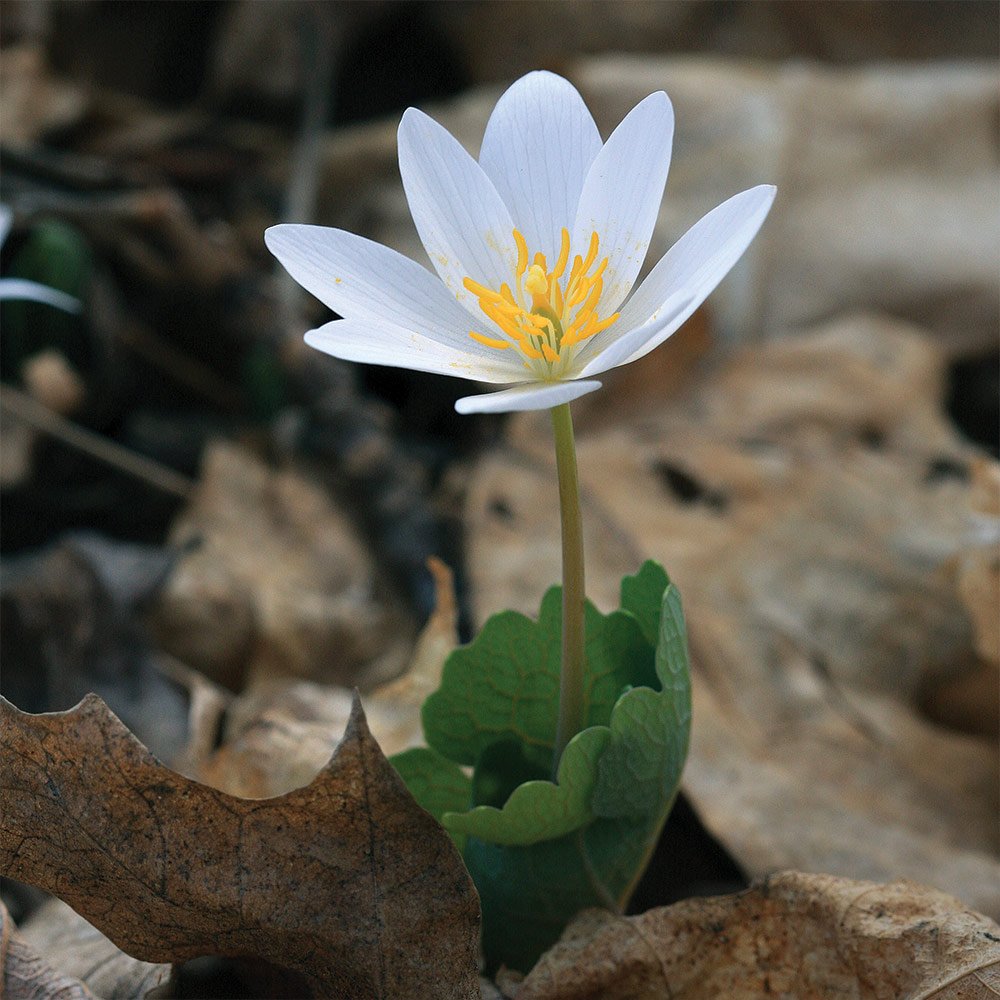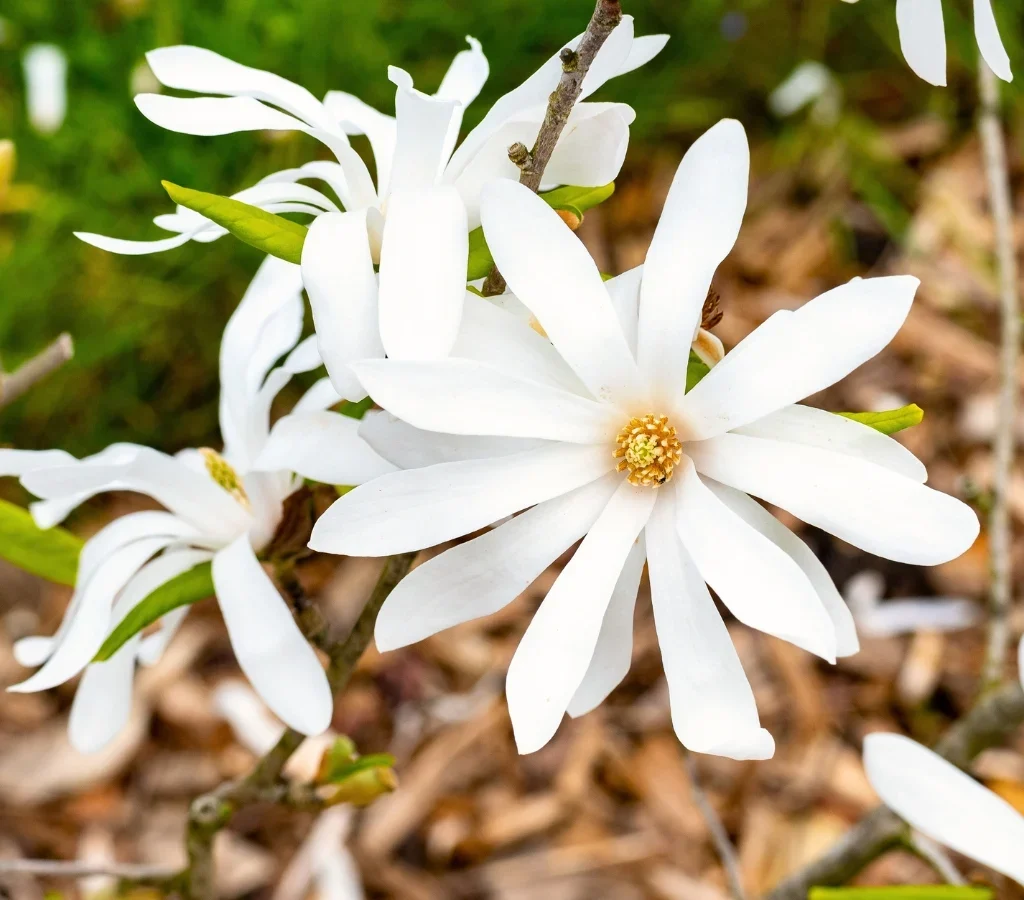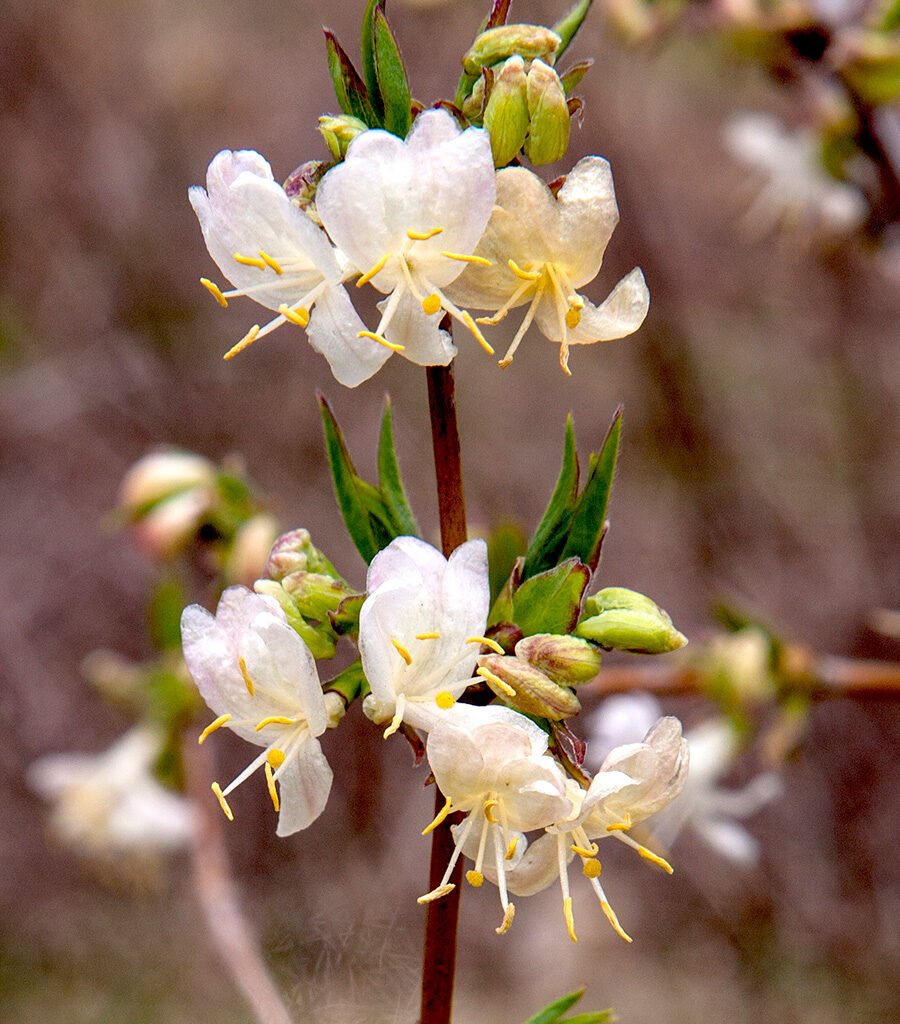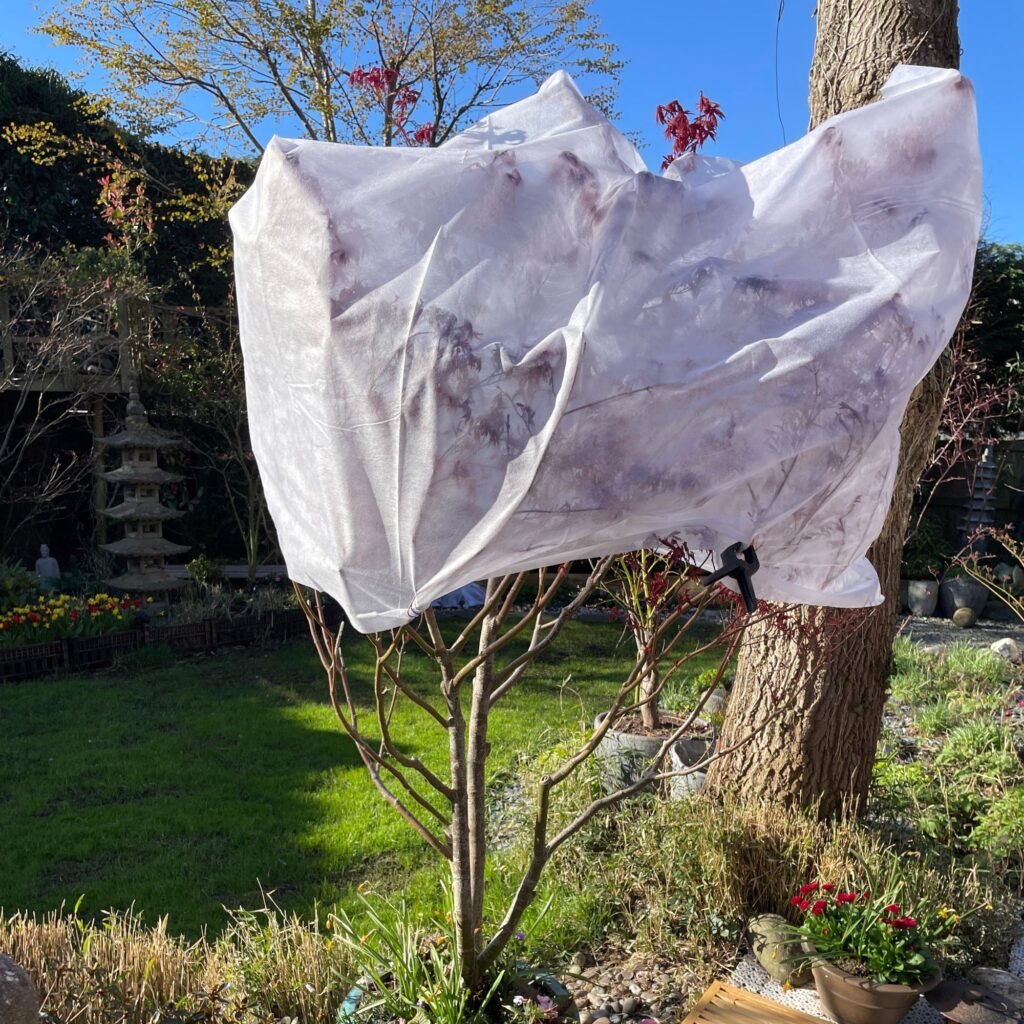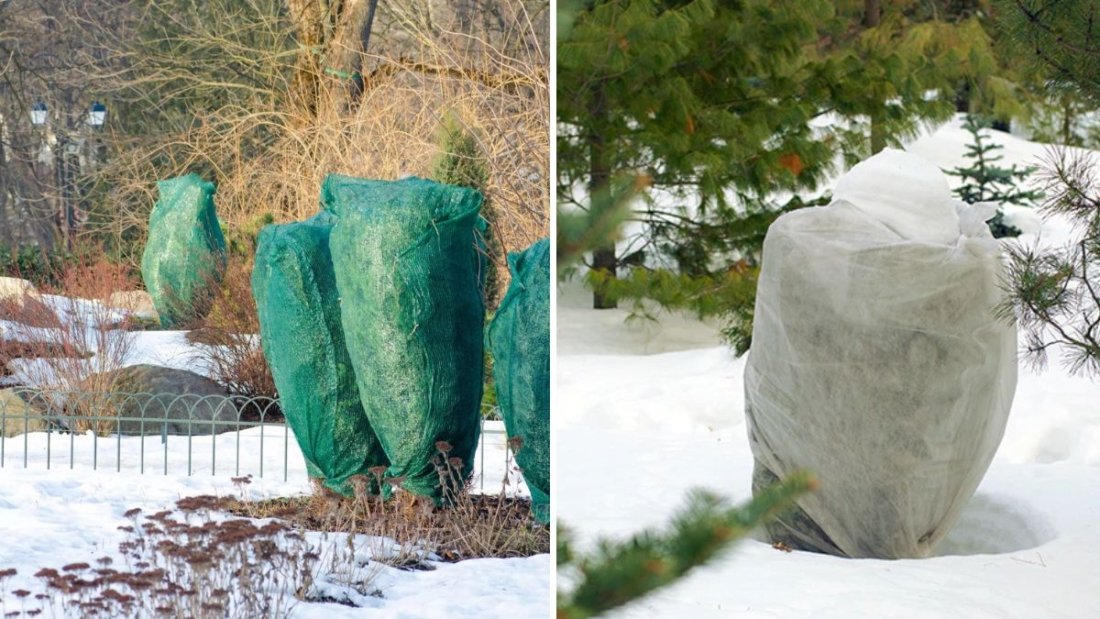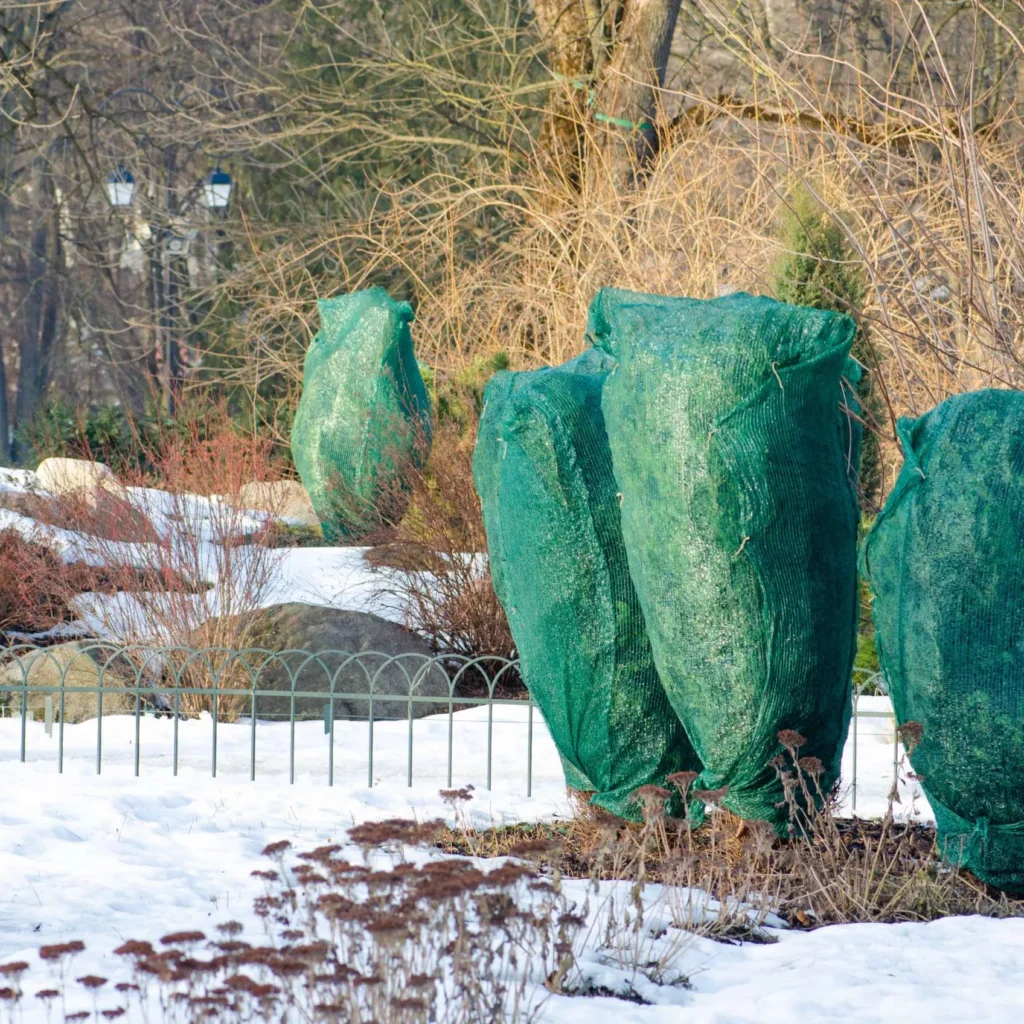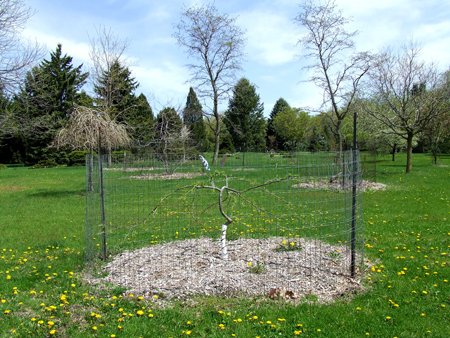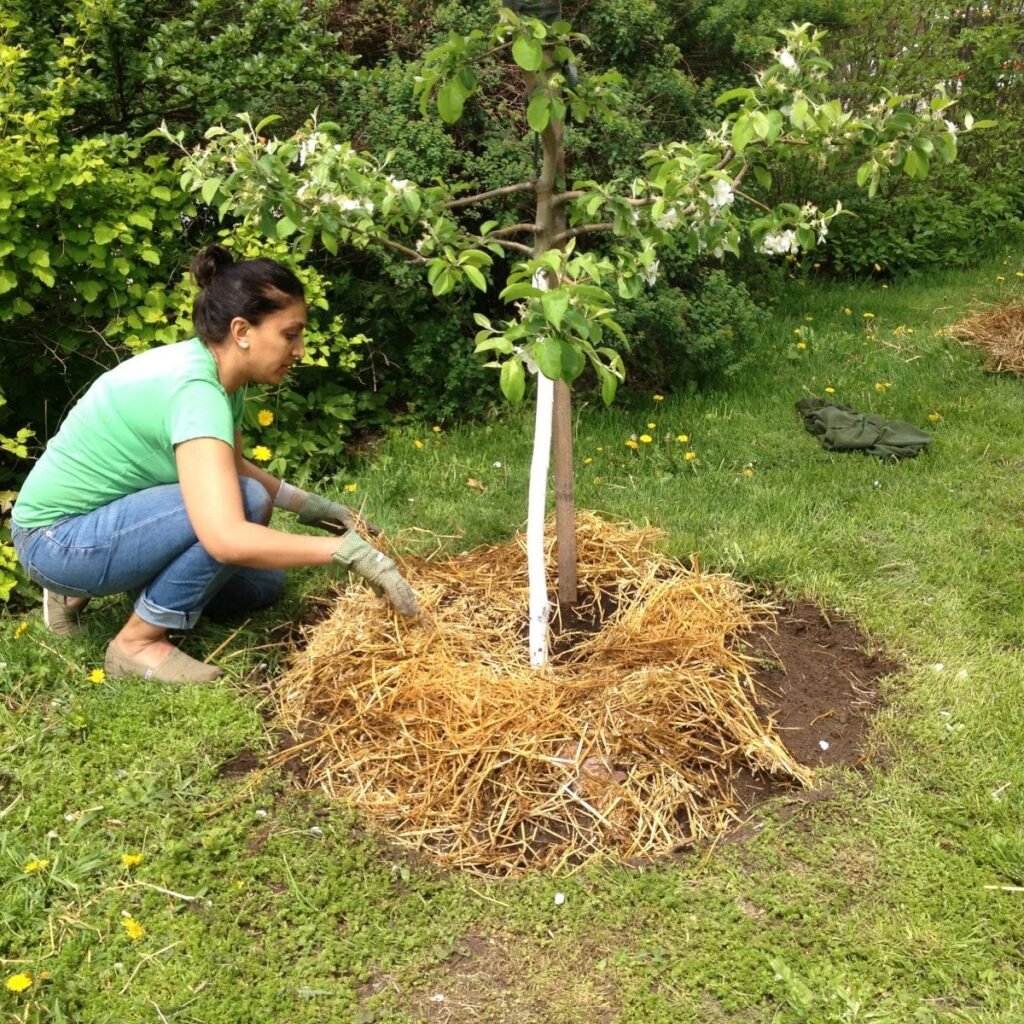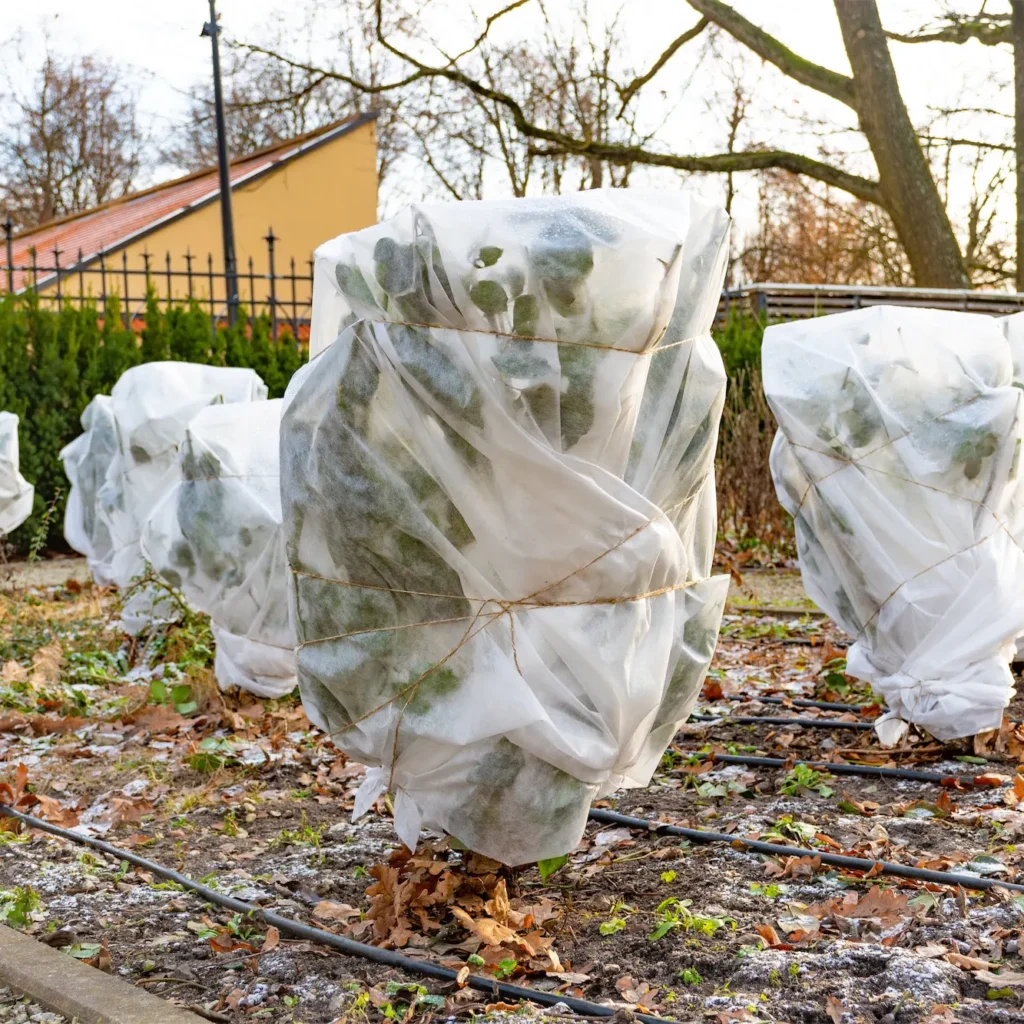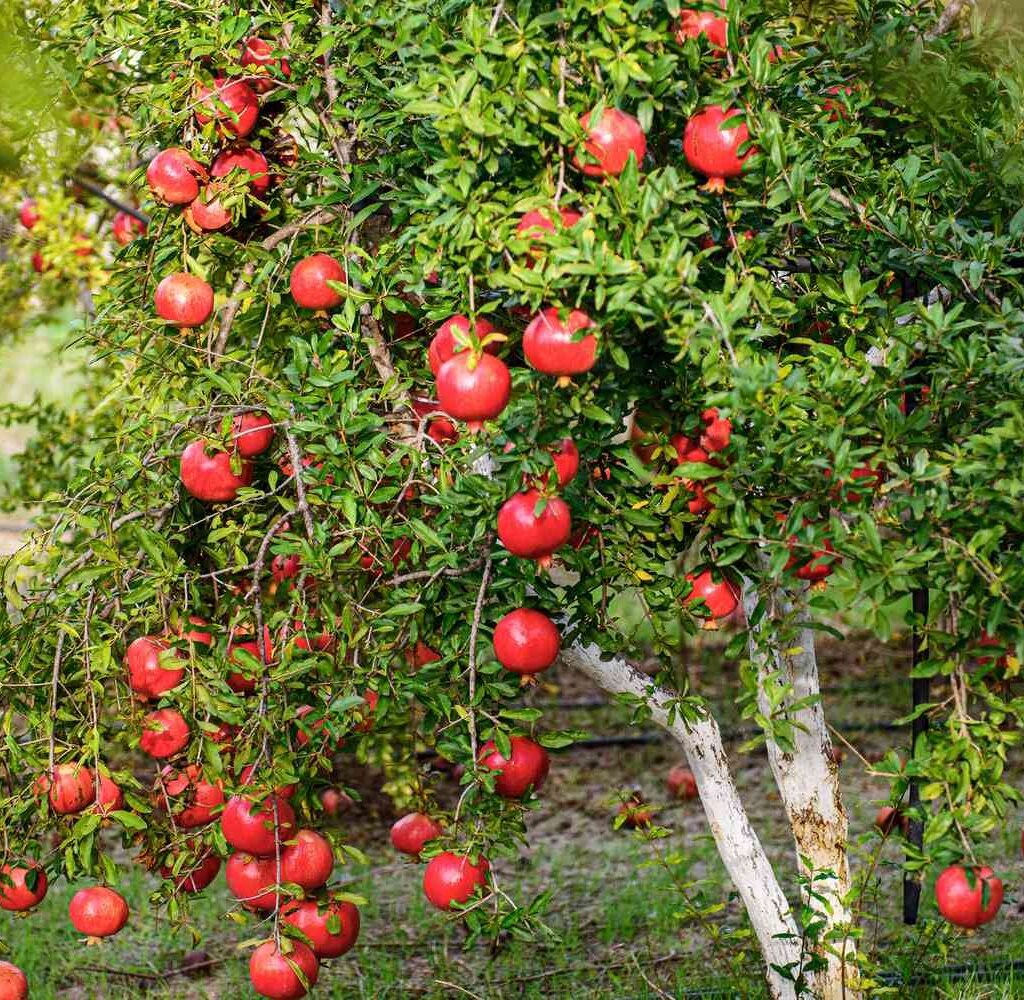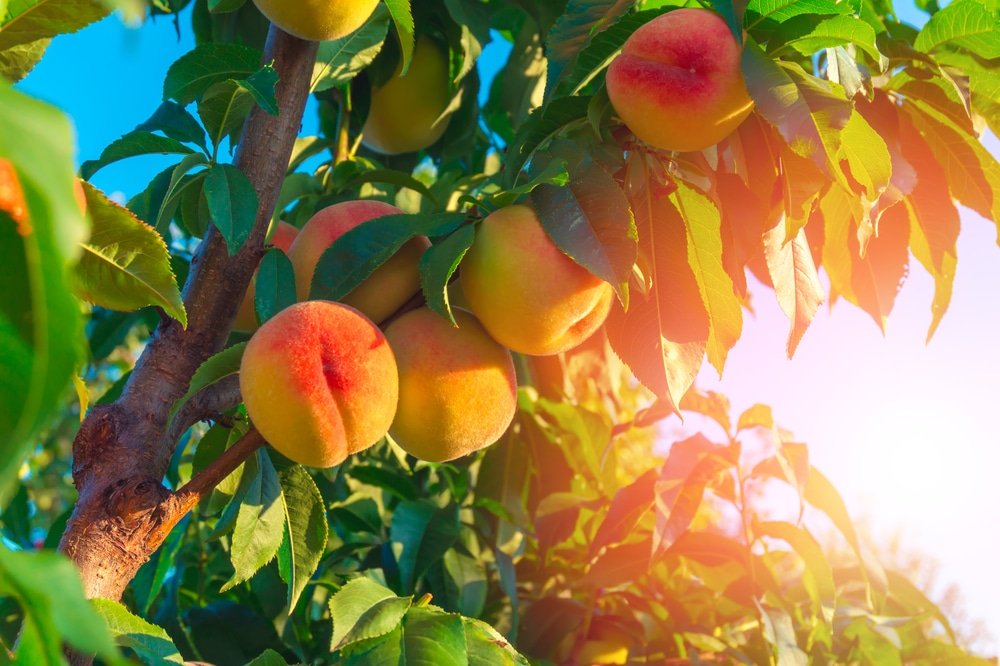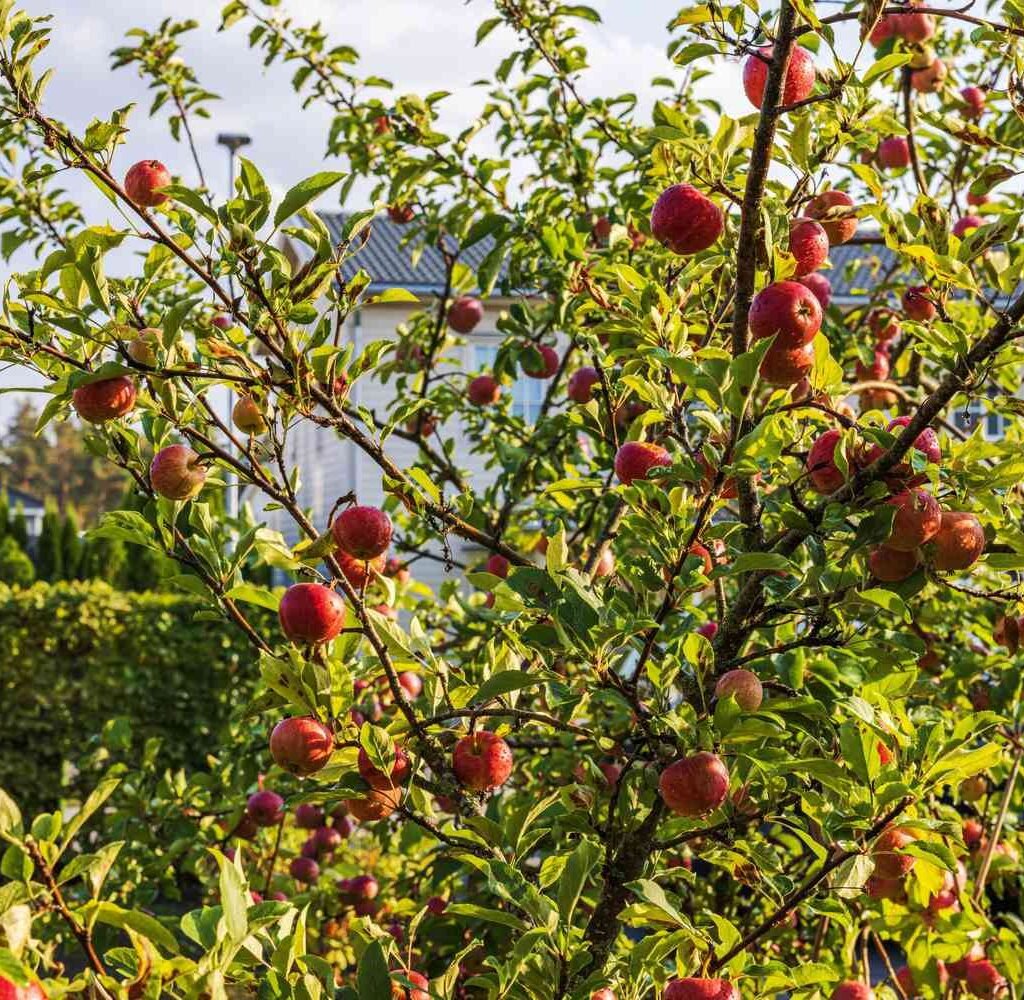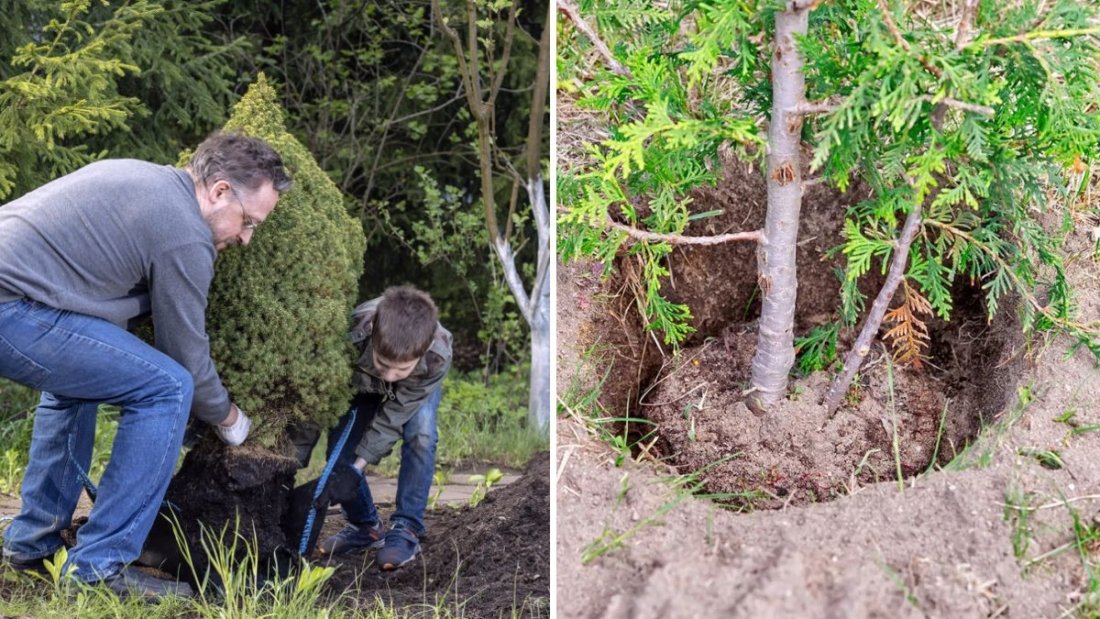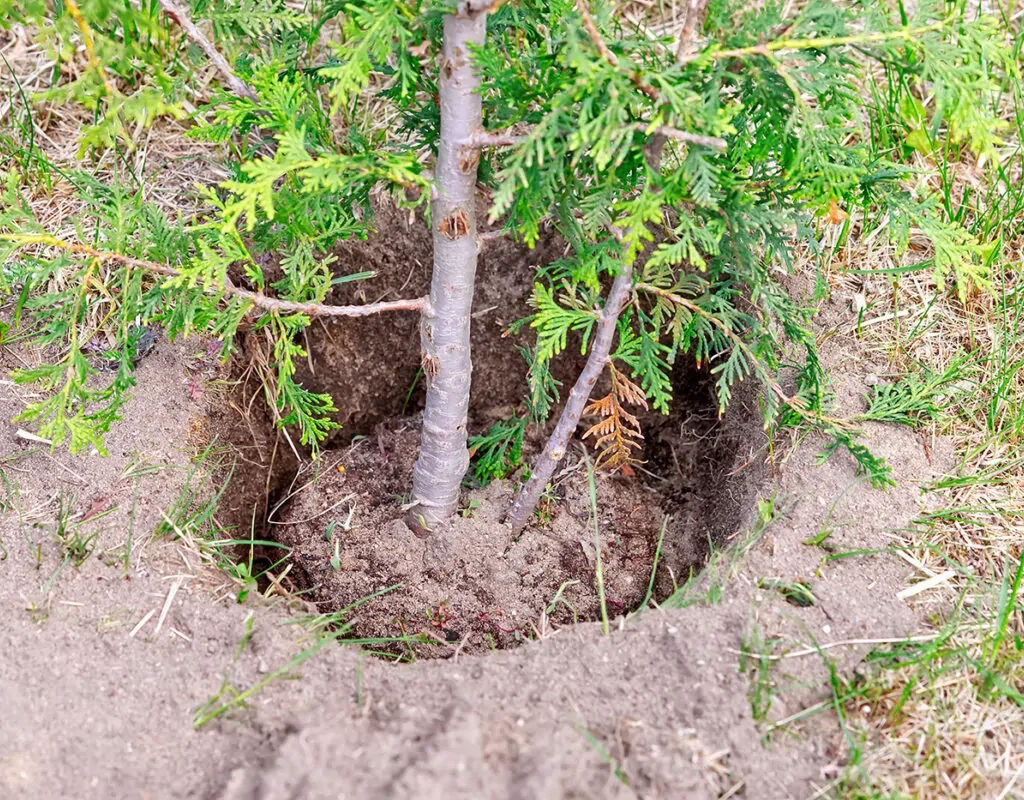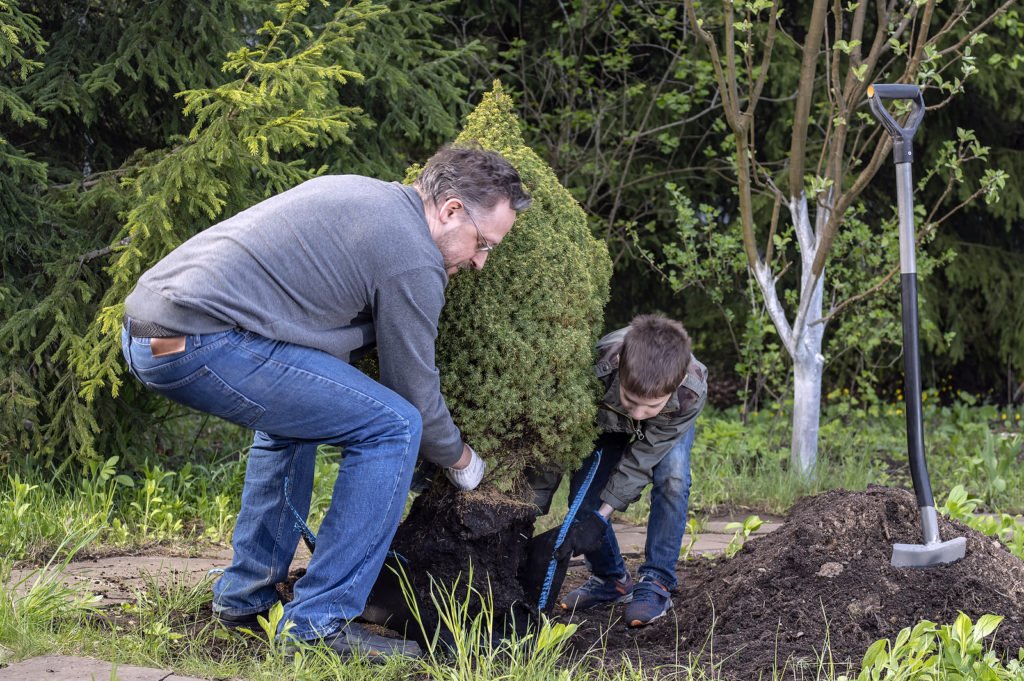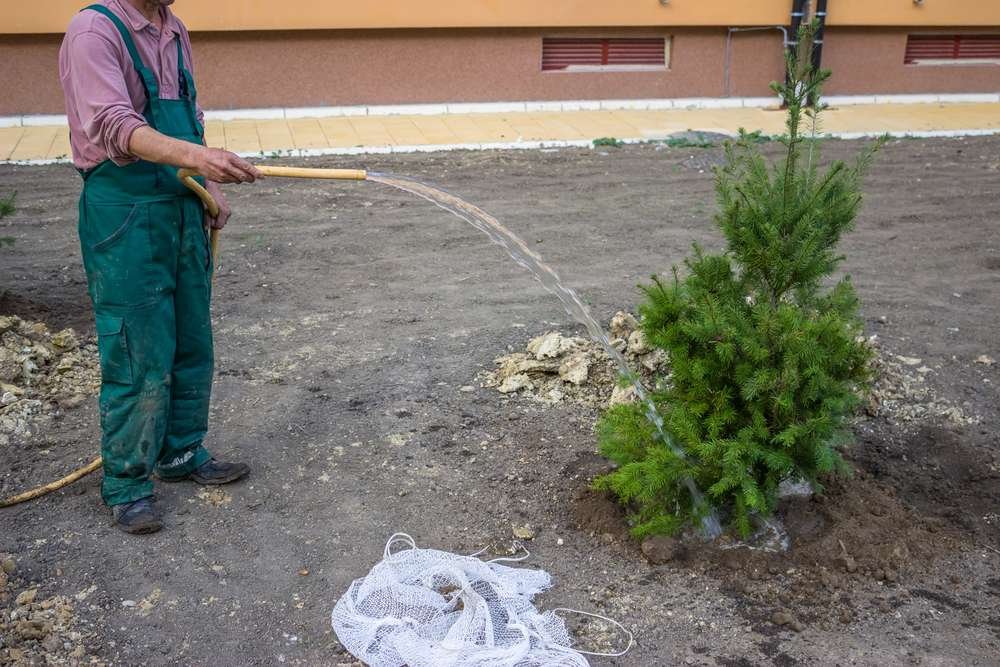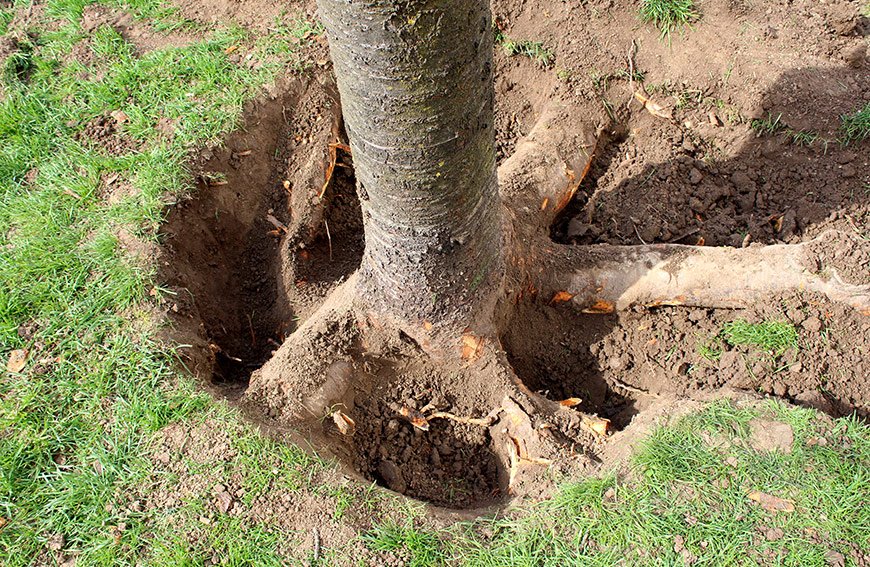Chayote, also known as vegetable pear or mirliton, is a versatile and nutrient-rich vine vegetable that belongs to the gourd family. Its tender flesh is widely used in soups, stews, stir-fries, and salads. While traditionally grown in gardens or large plots, chayote can also thrive in containers, making it ideal for urban spaces, terraces, or small backyards. Growing chayote in a paint bucket is a simple and effective method that allows anyone to enjoy fresh, homegrown chayote without the need for extensive garden space. In this guide, we’ll cover the complete process of growing chayote in a paint bucket—from selecting seeds to harvesting delicious fruits.
Why Grow Chayote at Home?

Homegrown chayote offers several benefits:
- Freshness: Picking chayote from your own plant ensures maximum flavor and nutritional value.
- Nutritional Benefits: Chayote is low in calories, rich in fiber, vitamins C and B6, and minerals like potassium and magnesium.
- Cost-Effective: Growing your own chayote reduces grocery expenses and provides a continuous supply.
- Space-Efficient: Container cultivation allows you to grow chayote in small urban spaces or on terraces.
- Organic Growth: Home cultivation allows you to avoid chemical fertilizers and pesticides, producing healthier vegetables.
Whether you want fresh produce for your kitchen or a fun gardening project, chayote is an excellent choice for home cultivation.
Choosing the Right Paint Bucket
The paint bucket you choose can make a significant difference in plant growth:
- Size: Use a large paint bucket, ideally 15–20 liters, to provide enough space for root expansion.
- Condition: Ensure the bucket is clean and free from paint residues.
- Drainage: Drill multiple holes at the bottom to allow excess water to drain, preventing root rot.
A well-prepared bucket creates a healthy environment for chayote roots, encouraging strong growth and higher yields.
Materials Needed
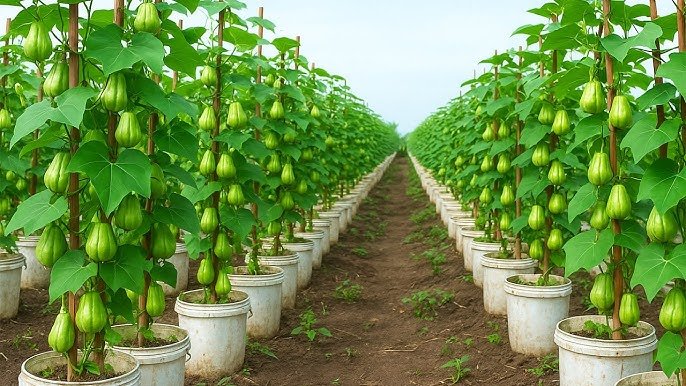
Before starting, gather the following materials:
- Chayote Seed or Fruit: Use a fresh, healthy chayote.
- Paint Bucket: A 15–20 liter clean bucket with drainage holes.
- Potting Mix: Well-draining soil enriched with compost or organic matter.
- Trellis or Support: Chayote is a climbing vine and needs support to grow vertically.
- Fertilizer: Balanced or organic fertilizer to support growth and fruiting.
- Watering Can: For consistent watering.
- Knife or Drill: To prepare drainage holes in the bucket.
Having all materials ready ensures a smooth planting process and maximizes the chances of successful growth.
Preparing the Paint Bucket
Proper preparation of the bucket is essential:
- Cleaning: Wash the bucket thoroughly to remove dirt and residues.
- Drilling Drainage Holes:
- Drill 5–8 holes at the bottom for proper water drainage.
- Filling Soil:
- Fill the bucket with nutrient-rich, well-draining potting mix.
- Leave 2–3 inches of space from the top to prevent soil spillage during watering.
Proper preparation ensures that chayote roots remain healthy and have adequate nutrients and drainage.
Planting Chayote
Planting chayote in a paint bucket is straightforward and beginner-friendly:
- Selecting Chayote Fruit:
- Choose a firm, healthy chayote.
- The fruit should have a visible bud or sprout, which will grow into the vine.
- Planting Method:
- Place the chayote horizontally or at a slight angle in the soil with the bud facing upwards.
- Cover it lightly with soil, leaving the top part exposed.
- Watering:
- Water immediately after planting to settle the soil around the chayote.
- Maintain consistent moisture but avoid waterlogging.
With proper planting, chayote will sprout roots and shoots within 2–4 weeks, depending on environmental conditions.
Providing Support for Growth
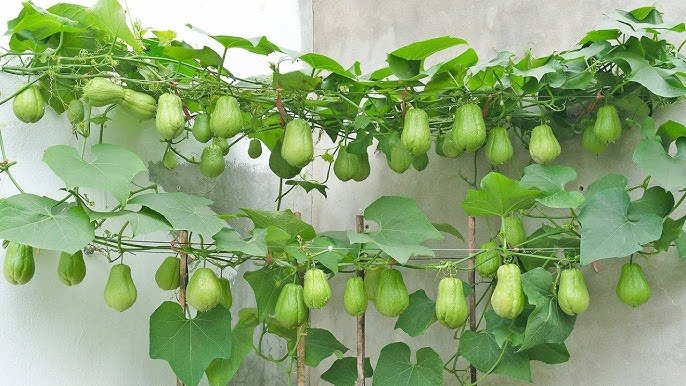
Chayote is a vigorous climbing vine, so support is essential for healthy growth:
- Trellis or Pole: Install a trellis or pole in the bucket for the vine to climb.
- Vertical Growth: Training the vine upwards saves space and improves air circulation.
- Pruning: Remove weak or overcrowded shoots to direct energy to main vines and fruit production.
Providing support helps prevent tangling, promotes healthy vine development, and makes harvesting easier.
Caring for Chayote in a Bucket
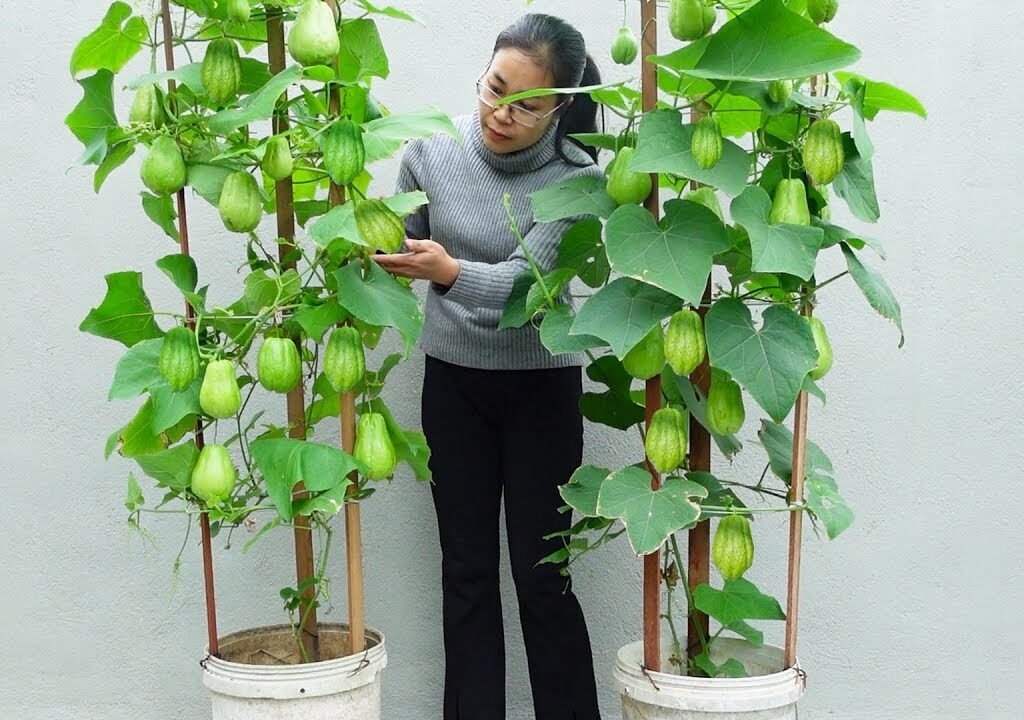
Proper care ensures maximum growth and fruiting:
- Watering:
- Keep the soil consistently moist, especially during flowering and fruiting stages.
- Water deeply but allow excess water to drain to avoid root rot.
- Fertilization:
- Apply a balanced fertilizer every 3–4 weeks.
- Organic options like compost tea, fish emulsion, or well-rotted manure work well.
- Sunlight:
- Chayote requires 6–8 hours of direct sunlight daily.
- Place the bucket in a sunny spot or provide grow lights if indoors.
- Temperature and Humidity:
- Chayote thrives in warm temperatures (70–85°F / 21–29°C).
- Protect plants from frost and extreme cold.
Consistent care, including watering, fertilization, and sunlight, ensures healthy vines and a continuous supply of fruit.
Flowering and Fruiting
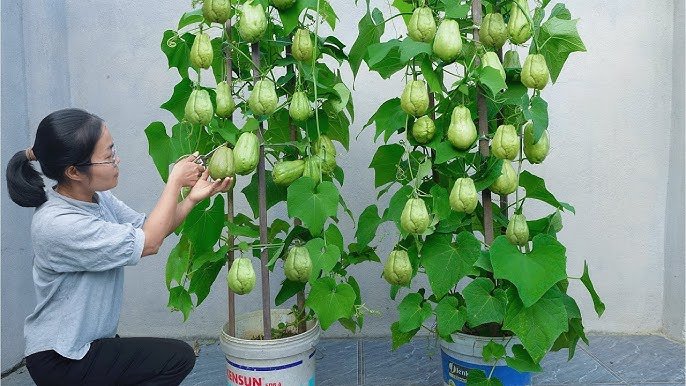
Chayote begins flowering approximately 3–4 months after planting:
- Flower Types: Chayote produces both male and female flowers; pollination is required for fruit development.
- Pollination:
- Natural pollinators like bees can help.
- Hand pollination can be done using a small brush to transfer pollen from male to female flowers.
- Fruit Development:
- Fruits start forming 4–6 weeks after successful pollination.
- Chayote fruits grow rapidly and can reach harvest size in 3–5 months.
Understanding the flowering and fruiting process helps you manage your plant for maximum yield.
Harvesting Chayote
Harvesting chayote correctly ensures the best flavor and promotes continued fruit production:
- Timing: Harvest when the fruit is light green, firm, and about the size of a large pear.
- Method: Cut fruits from the vine using scissors or a sharp knife to avoid damaging the plant.
- Continuous Harvest: Regular harvesting encourages the plant to produce more fruits throughout the season.
Proper harvesting allows you to enjoy fresh, tender chayote while prolonging the productive life of the vine.
Benefits of Growing Chayote in a Paint Bucket
- Space Efficiency: Ideal for terraces, balconies, or small urban gardens.
- Ease of Care: Container growth allows easy monitoring of soil, water, and nutrients.
- Fresh and Organic: Control over inputs ensures pesticide-free, healthy produce.
- Vertical Gardening: Training vines saves space and improves yield.
- Educational and Fun: Great for beginner gardeners and educational home projects.
Container-grown chayote combines practicality, productivity, and the joy of home gardening.
Tips for Success
- Use a healthy, sprouting chayote for planting.
- Ensure the bucket has proper drainage to prevent root rot.
- Provide adequate support for climbing vines.
- Keep soil consistently moist and fertilize regularly.
- Place the bucket in a sunny spot for optimal growth.
- Monitor for pests and remove damaged leaves promptly.
- Harvest regularly to encourage continued fruiting.
Following these tips ensures a productive, healthy, and rewarding chayote harvest from a simple paint bucket.
Common Challenges and Solutions
- Slow Growth: Caused by insufficient sunlight or poor soil. Solution: Move bucket to a sunnier spot and enrich soil with compost.
- Yellowing Leaves: Indicates nutrient deficiency or overwatering. Solution: Adjust watering and apply a balanced fertilizer.
- Pests: Aphids or caterpillars may appear. Solution: Remove manually or use organic insecticides like neem oil.
- Overcrowding Vines: Can reduce air circulation and fruit yield. Solution: Prune excess vines and train main shoots along the trellis.
By monitoring plants regularly and addressing issues promptly, your container-grown chayote will thrive.
Conclusion
Growing chayote in a paint bucket is an easy, space-saving, and rewarding method for enjoying fresh, homegrown vegetables. From selecting a healthy chayote, preparing the bucket, and planting, to providing support, maintaining care, and harvesting, this method is perfect for beginners and urban gardeners.
With a little attention to sunlight, water, and nutrients, a simple paint bucket can produce healthy vines and delicious fruits that enhance your meals. Whether you’re gardening for fun, nutrition, or sustainability, growing chayote in containers proves that even limited space can yield abundant, fresh produce.
Start your paint bucket chayote garden today, and experience the satisfaction of harvesting your own nutritious, homegrown vegetables right from your terrace or balcony.
